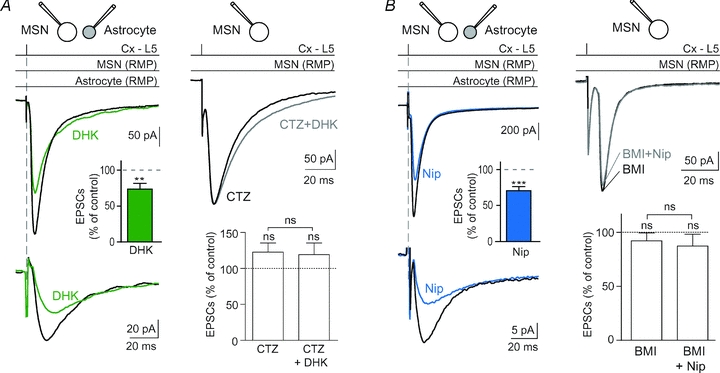Figure 5. Blockade of GLT-1 or GATs decreased the magnitude of corticostriatal glutamatergic transmission.

A, MSN–astrocyte double patch-clamp recording illustrates the decrease of corticostriatal EPSCs as well as STCs when GLT-1 was blocked with DHK (300 μm) treatment. Indeed, DHK induced a significant decrease of the EPSC amplitude (−26.4 ± 8.0%, n = 12, P < 0.01 when compared to control). CTZ (100 μm), which prevents the desensitization of AMPA receptors, totally abolished the effect of DHK on corticostriatal transmission (n = 9). Indeed, no significant effect of DHK was observed anymore in the presence of CTZ. Note that CTZ alone increased the duration of corticostriatal EPSCs but did not alter significantly corticostriatal EPSC amplitude (n = 9). B, dual patch-clamp recording of a MSN–astrocyte pair illustrating the decrease of corticostriatal EPSCs as well as STCs when GATs were blocked with nipecotic acid (500 μm). Nipecotic acid induced a significant decrease of corticostriatal EPSC amplitude (−29.2 ± 5.6%, n = 16, P < 0.0001 when compared to control). Pretreatment with bicuculline (BMI) (10 μm), which did not displayed significant effects by itself on EPSCs (n = 7), totally prevented the effects induced by nipecotic acid (n = 7). Indeed, in the presence of bicuculline and nicecotic acid, EPSCs were not significantly different from those recorded in control condition. ns: not significant, **P < 0.01, ***P < 0.001.
